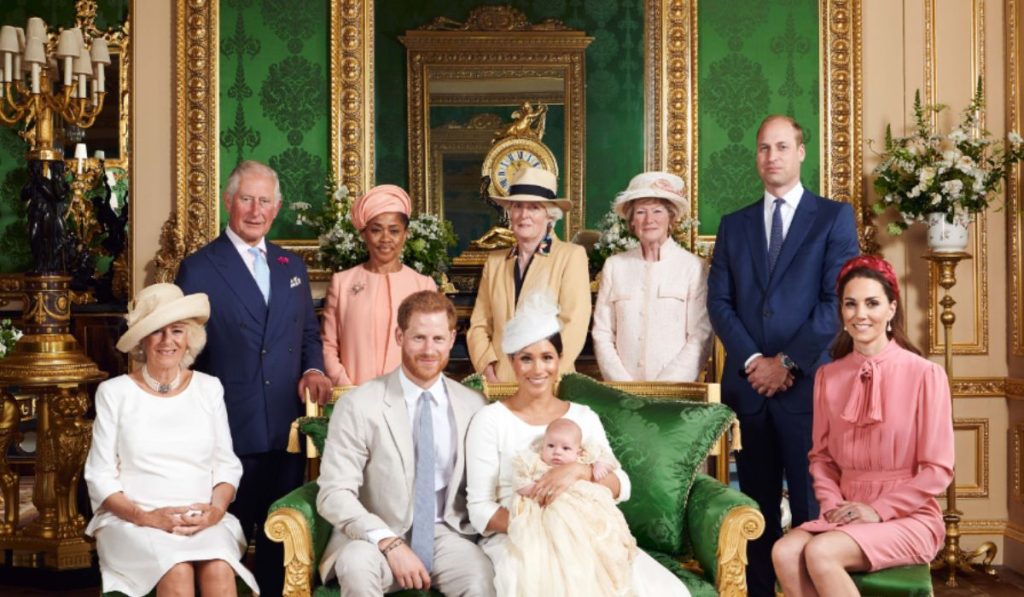Now Reading: Royal Family: All The Terms You Should Know, Quick Dictionary To The Monarchy
-
01
Royal Family: All The Terms You Should Know, Quick Dictionary To The Monarchy
Royal Family: All The Terms You Should Know, Quick Dictionary To The Monarchy
The world and the royal family often seems like an enigmatic realm with its own language and customs. From titles like King and Queen to terms like Duke and Duchess, the lexicon of the monarchy can be a maze for the uninitiated. Fear not, for we’re here to unravel the mysteries and provide you with a comprehensive guide to royal terminology. So, if you’ve ever wondered about the difference between a Prince and a Duke, or why someone might be referred to as a Queen Consort instead of simply a Queen, read on to become fluent in royal speak.
Royal family: Royal Titles and Positions
Monarchy: At the heart of it all is the monarchy itself. A monarchy is a form of government where a King or Queen reigns as the sovereign. In the United Kingdom, King Charles currently holds the position of Head of State. However, in this constitutional monarchy, the power to pass legislation lies with elected members of Parliament.
Prince and Princess: Princes and Princesses are male and female members of the royal family, respectively. Typically, these titles are bestowed upon sons and daughters of the monarch. For instance, Prince William and Princess Charlotte are direct descendants of King Charles.
Queen and King: Queens and Kings are the female and male heads of the monarchy, respectively. Queen Elizabeth II, for example, has reigned over the United Kingdom for over 70 years. The title of Queen Consort is used for the wife of a reigning King.

Queen Consort and Queen Regnant: A Queen Consort is the wife of a reigning King. A Queen Regnant is a female monarch who inherits the position from a parent. Queen Elizabeth II is an example of a Queen Regnant. She ascended to the throne after the death of her father.
Sovereign: The sovereign refers to the supreme ruler of the monarchy, usually the King or Queen.
Succession and Accession: Succession is the order in which family members inherit the throne. However, Accession refers to the act of rising to power as the monarch.
Abdicate: When a King or Queen abdicates, they renounce their position as the monarch. Meanwhile, King Edward VIII famously exemplified this by serving as a patron for various organizations.
Engagement: In royal terminology, engagements refer to official visits, appointments, or events attended by members of the royal family.
Jubilee: A jubilee marks the celebration of a monarch’s reign for a certain number of years. These milestones include Silver, Golden, Diamond, and Platinum Jubilees.
Duke and Duchess: Dukes and Duchesses hold high ranks within the British nobility system. Families often pass down these titles through generations.
HRH (His/Her Royal Highness): HRH is a formal styling used when referring to members of the royal family. Also, they use it in a third-person context to denote their status and position.

Commonwealth: The Commonwealth of Nations is an organization headed by the British monarch, consisting of 56 member states.
Equerry: An equerry assists members of the royal family with their day-to-day activities and engagements.
Patronage: Members of the royal family often serve as patrons for various organizations. They lend their support and raise awareness for important causes.
Soft Power Diplomacy: Royals engage in soft power diplomacy to build positive relationships with other countries, using their influence rather than political power.
Royal Tour: A royal tour involves official visits abroad by members of the royal family, often at the request of the UK government.
Institution: The institution of the monarchy refers to the business and reputation of the royal family as a symbol and institution.
Earl and Countess: Earls and Countesses hold noble titles within the British nobility system, ranking below the monarch.
Viscount and Viscountess: Viscounts and Viscountesses hold important titles within the British nobility system, often referred to as Lords and Ladies.
Heir Apparent and Interregnum: The heir apparent is the next in line to the throne, while an interregnum refers to the period between monarchs.
Lady-in-Waiting: Lady-in-waiting serves as personal assistants to female members of the royal family, offering support and companionship.
Coat of Arms and Royal Marriages Act: Coat of arms represents noble families, while the Royal Marriages Act dictates rules for royal marriages.
House of Windsor: The House of Windsor is the ruling house of the British royal family, established by King George V.
Moreover, this guide to royal terminology equips you to navigate the intricacies of the monarchy’s language. Whether it’s understanding the line of succession or the significance of a royal tour, you’re ready to converse like a blue blood. So, the next time you hear about a royal engagement or a platinum jubilee celebration, you’ll know exactly what it means in the world of the royals. TV Season & Spoilers is your one-stop for all the Royal family related news. Keep coming back for more.











